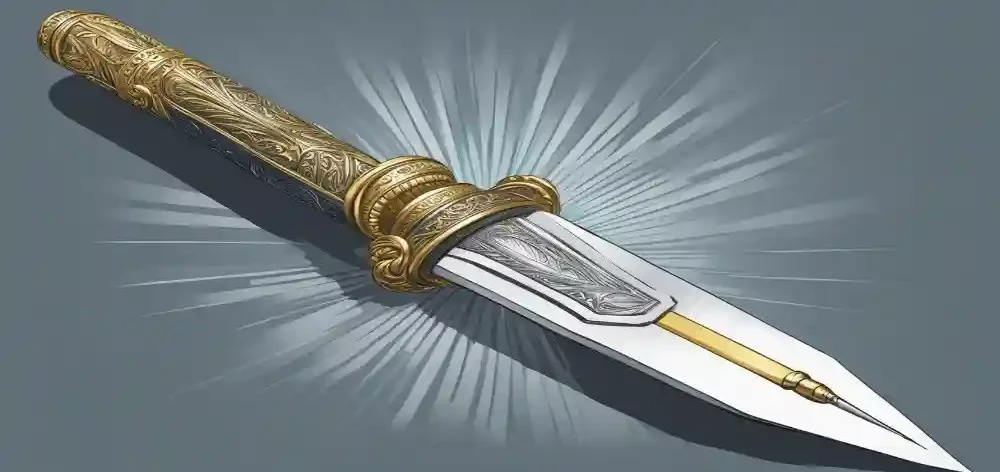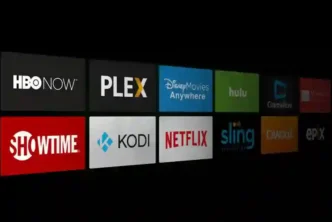Editorial illustration is a powerful tool that can evoke strong emotional responses and better express an idea from the text, usually used in a book, magazine, newspaper, or web resources and some professional illustrators in NYC offer a powerful medium to convey complex ideas and messages through striking and thought-provoking imagery, capable of visualizing abstract themes which photography may struggle with.
It involves the interpretation of texts to create images that enhance and complement them, thereby enriching the overall impact of written content. With the digital era heightening the demand for illustrators and designers, editorial illustration emerges as an exciting and rewarding field for those passionate about art and storytelling.
Editorial illustrations are produced for newspapers, magazines, and websites to add a visual dimension to a piece of writing. This serves two main functions – it helps to grab the attention of the reader as they browse the publication, but can also help to add a new perspective to the article.
Historical Context of Editorial Illustration
Editorial illustration has a long and rich history, dating back to the earliest forms of communication. In ancient times, illustrations were used to convey information and stories to people who were unable to read or write. As literacy rates increased, so did the use of illustrations in books, newspapers, and magazines.
During the 19th century, the rise of newspapers and magazines led to an increase in the demand for illustrations. Illustrators were hired to create images that would accompany news stories and editorials. These illustrations were often used to provide a visual representation of the story, or to convey a particular message or viewpoint.
In the early 20th century, editorial design began to evolve, and illustrations were used in new and innovative ways. Illustrators began to experiment with new techniques and styles, and their work became more sophisticated and nuanced. As a result, editorial illustrations became an important tool for shaping public opinion and influencing political discourse.
Today, editorial illustration continues to play a vital role in our culture and society. With the rise of social media and other digital platforms, the demand for high-quality illustrations has never been higher. From political cartoons to infographics and data visualizations, editorial illustrations are used to convey complex ideas and information in a way that is both engaging and accessible.
As the history of illustration shows, the power of editorial illustration lies in its ability to communicate complex ideas and emotions in a way that is both immediate and universal. Whether used to convey a political message or to provide a visual representation of a news story, editorial illustrations have the power to inform, inspire, and engage readers in ways that words alone cannot.
The Role of Illustration in Print Media
Illustration plays a vital role in print media, particularly in magazines and newspapers. The front cover of a magazine or newspaper is often the first thing a reader sees, and a well-designed cover can entice them to pick up the publication and start reading. Illustration is a powerful tool in creating eye-catching and memorable covers that stand out on the newsstand.
In addition to covers, illustrations are used throughout magazines and newspapers to add visual interest to articles and break up walls of text. They can also help to clarify complex ideas and concepts, making them easier to understand for readers.
Magazines in particular have a long history of using illustration as a key element of their design. From the iconic covers of The New Yorker to the bold and colorful illustrations of National Geographic, magazines have used illustration to create a unique visual identity and convey their editorial style.
Newspapers have also embraced illustration, particularly in the opinion and editorial sections. Editorial illustrations can be used to comment on current events and political issues, and can be a powerful way to express a point of view.
Overall, illustration is an important element of print media, and its role is likely to continue evolving as new technologies and design trends emerge.
The Art of Conveying Ideas
https://www.youtube.com/watch?v=m_Xld4JOhNo&embed=true
Editorial illustration is a powerful tool for conveying ideas and concepts in a visually compelling way. It is a form of art that involves creating illustrations that accompany texts in magazines, newspapers, or online platforms. The primary purpose of editorial illustration is to enhance the reader’s understanding of the subject matter and to add context to the written content.
One of the key aspects of editorial illustration is its ability to convey complex ideas and concepts in a simple and easy-to-understand manner. By using animation, visuals, and design principles, editorial illustrators can create illustrations that capture the essence of the subject matter and communicate it effectively to the reader.
Moreover, editorial illustration has a significant impact on society. It can be used to highlight important issues, raise awareness, and spark conversations. By observing keywords and analyzing the brief, editorial illustrators can create illustrations that tell stories and provoke thought.
The art of conveying ideas through editorial illustration requires a deep understanding of the subject matter, context, and meaning. Editorial illustrators must be skilled in observation and analysis to create illustrations that accurately reflect the content of the text. They must also be able to create illustrations that are engaging and visually appealing, while still maintaining the integrity of the subject matter.
In addition, editorial illustration can be used to create covers for magazines and newspapers, which serve as a visual representation of the content inside. A well-designed cover can attract readers and convey the tone and theme of the publication.
Conclusion
Editorial illustration is a powerful tool that can enhance the impact of written content. By analyzing and interpreting texts, illustrators can create images that enrich and complement the message conveyed by the text. The use of visual language, symbolism, and satire can help to convey complex ideas and emotions in a way that is accessible to a wide audience.
In order to create effective editorial illustrations, it is important for illustrators to have a strong understanding of the subject matter and the intended audience. They must also be able to work closely with writers and editors to ensure that the illustrations accurately reflect the message of the text.
The development of digital media has opened up new opportunities for editorial illustrators, allowing them to reach a wider audience through online publications and social media. However, it is important for illustrators to stay up-to-date with the latest trends and technologies in order to remain competitive in this rapidly evolving field.
Overall, editorial illustration is a valuable and versatile form of visual communication that can have a powerful impact on readers. By combining creativity, technical skill, and a deep understanding of the subject matter, illustrators can create images that inform, entertain, and inspire.





